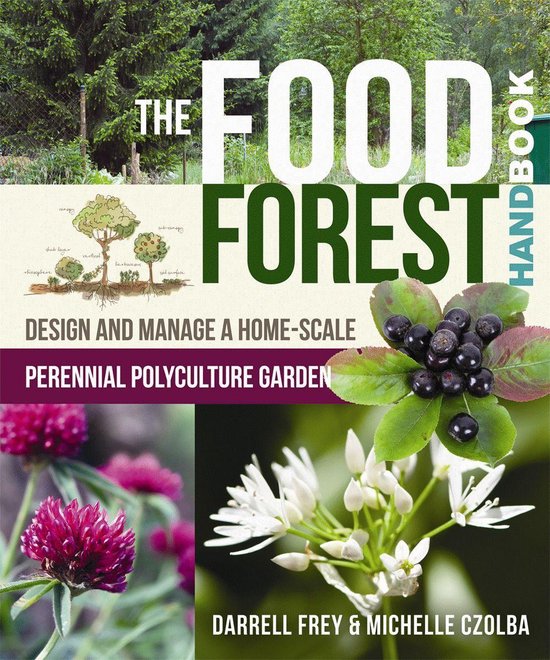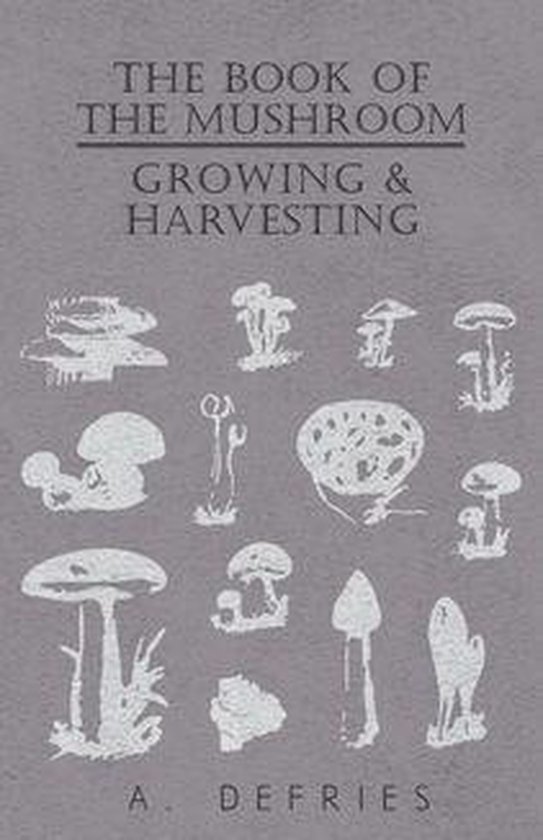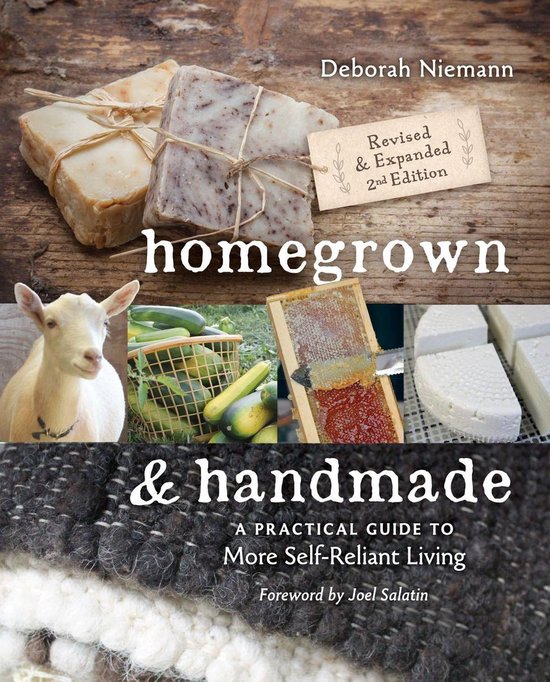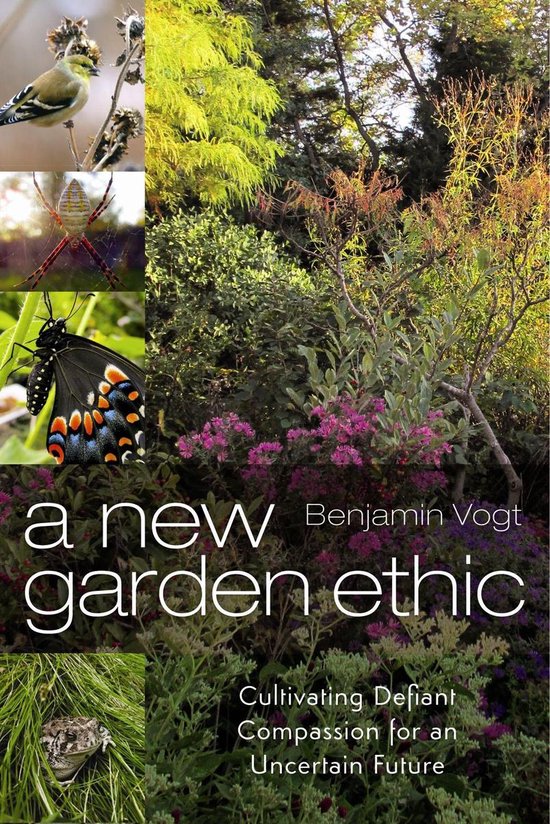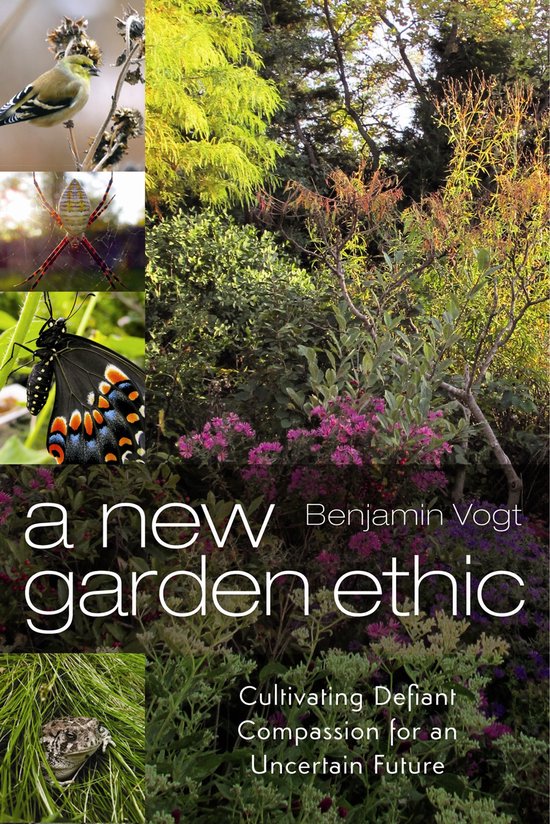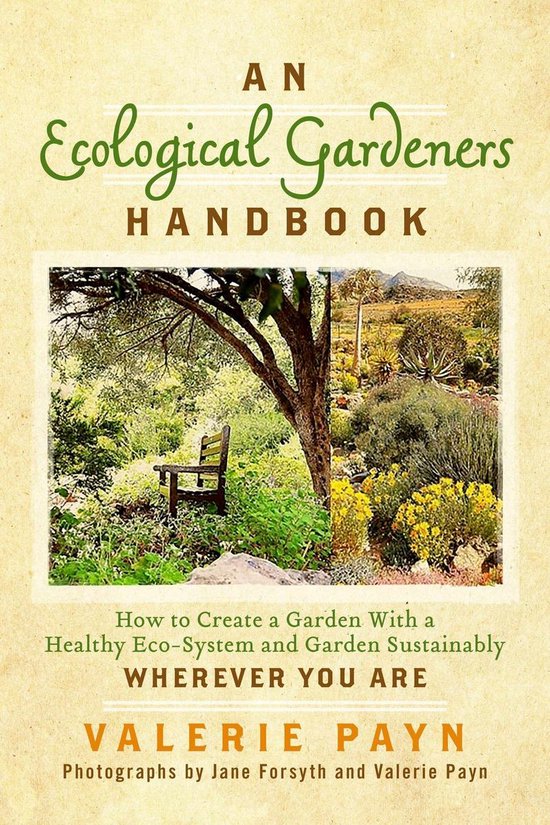
An Ecological Gardeners Handbook
An Ecological Gardener’s Handbook explains how Nature gets plants to grow – without a human in sight. It shows how gardeners can use these same natural processes to create healthy, vibrant, productive gardens without using toxic chemicals or pesticides. Each chapter focuses on one aspect of creating a vibrant garden eco-system, and provides gardeners with a range of simple, practical steps to follow. Stunning photographs of unusual gardens from a wide range of environments illustrate the book. Chapter 1 explores the many benefits of creating a healthy garden eco-system. Chapters 2- 3 explain, in simple terms, how healthy ecosystems function. They explore the connections between culture, gardens and ecology, and show gardeners how to analyse their own needs and expectations for their garden. Chapter 4 highlights the 5 basic qualities of healthy garden eco-systems, and gives gardeners numerous tips on how each of these qualities can be developed in the garden. The 5 principles are as follows:- 1 – Eco-friendly gardens suit local conditions. How to create a garden tailor- made to suit local environmental and cultural conditions. 2 - Eco-friendly gardens are rich in biodiversity. Why biodiversity is important and how to build it into the garden 3- Eco-friendly gardens are multi-functional. Save money, time and effort, make optimal use of space, and create a resilient garden by building multi-functional uses into the garden. 4 - Eco-friendly gardens change over time. Appreciating change as an important element of eco-friendly gardening. How gardens change over time. Working with change. 5 – Eco-friendly gardens recycle. How to use recycling as a means of developing a healthy garden ecosystem. Chapter 5 - looks at how extreme conditions affect the garden, i.e. cold, heat, drought and wind, and gives tips on how to cope with these. Chapter 6 – explains the challenges, and benefits, of gardening in various climate zones. It offers gardeners practical advice on how to garden in different climate zones, namely: moist, tropical and sub-tropical regions; cool, moist, temperate climates; dry, arid and semi-arid areas. Chapter 7 and 8 look at the importance of creating a health soil eco-system. These explore the role that the combination of plants, soil minerals, beneficial garden creatures, microbes and gardeners play in creating healthy (or unhealthy) soil. A wide variety of natural ways of improving soil fertility are discussed, including composting, mulching, green manures, the use of compost teas and EM, Bokashi, companion planting, crop rotation, and suitable plant selection for prevailing soil conditions. Chapter 8 provides various easy to follow compost recipes for different uses, and a quick reference table for compost ‘trouble shooting’. Chapter 9 discusses how gardeners can learn from natural plant communities to build resilient, locally well-adapted plant communities. How to use succession planting, and create plant guilds for various purposes, are explained. Chapter 10 explains how to use natural methods to manage pests and diseases in the garden, without using toxic pesticides. Chapter 11 looks at the vital role of pollinators, and how gardeners can create pollinator friendly gardens. Chapter 12 provides some notes on the pleasure and benefits of growing your own organic food. It also highlights some unusual food gardens. Chapter 13 provides an encouraging summary on how to transition your garden into an ecologically vibrant environment. Gardeners who follow the practices outlined in this book will begin to see many benefits to their garden over time. These include :- improved soil health, healthy plants that thrive with little attention, and that seldom suffer damaging pest or disease attacks, plants that are less susceptible to drought, to pests and disease, and to extreme temperatures and weather changes. They will be able to save money, time, energy and water, whatever size garden they have.
| Auteur | | Valerie Payn |
| Taal | | Engels |
| Type | | E-book |
| Categorie | | Vrije tijd & Hobby |
